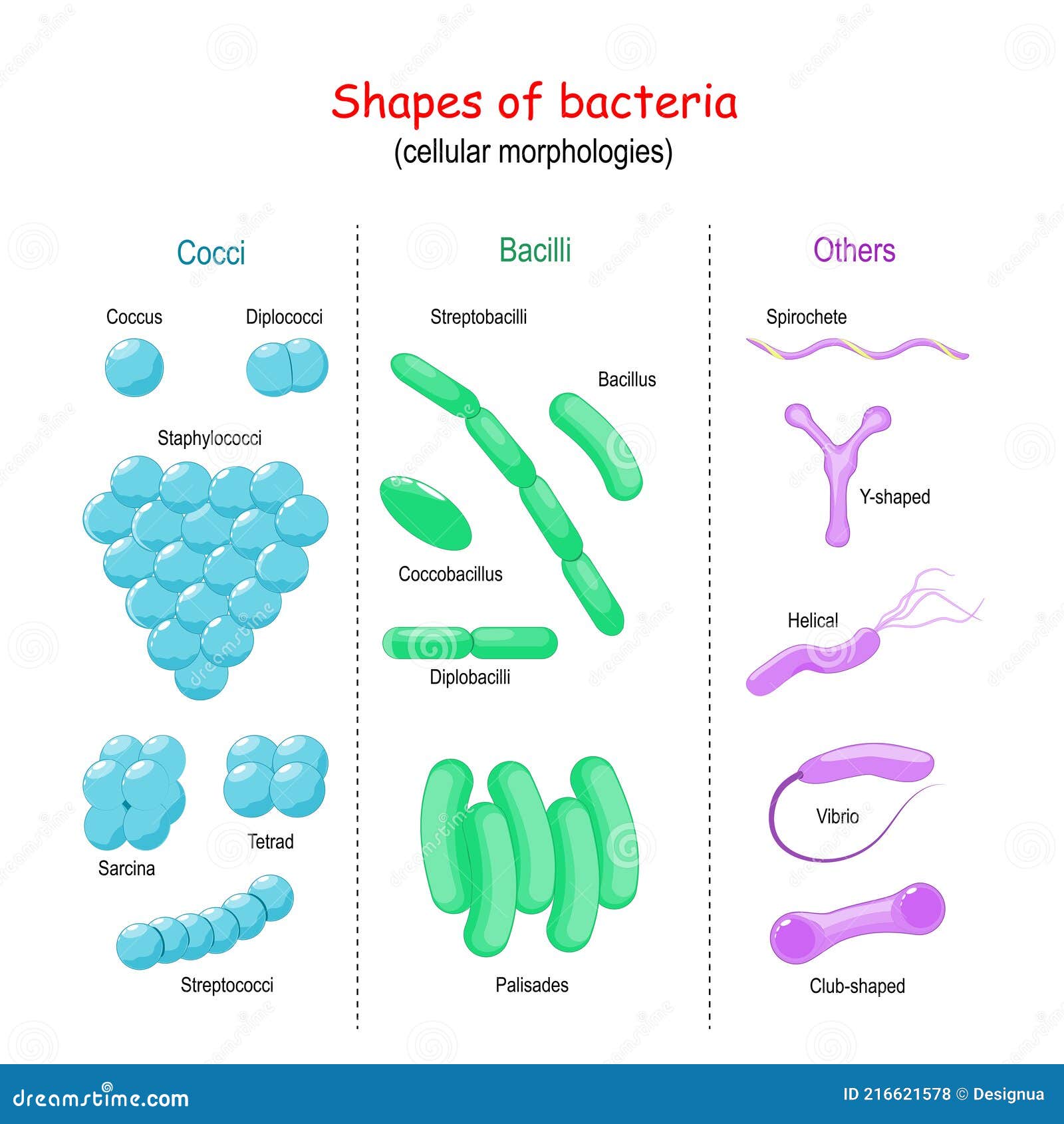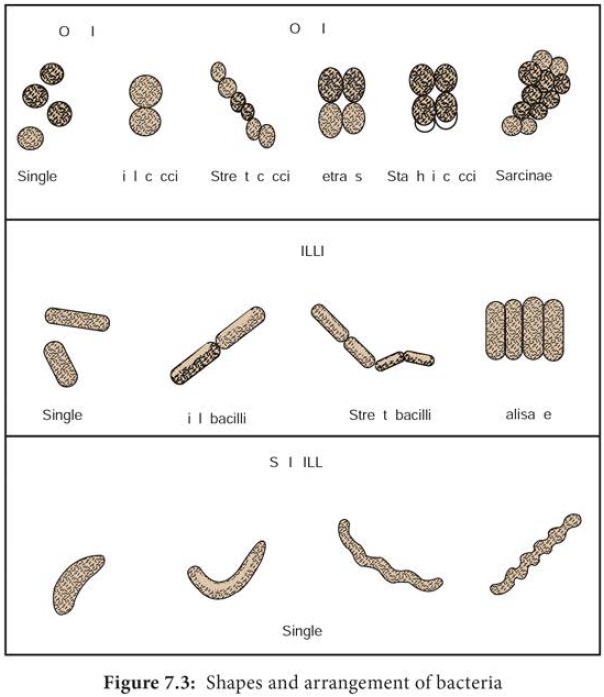

Each kind of bacterium is fitted physiologically to survive in one of the innumerable habitats created by various combinations of space, food, moisture, light, air, temperature, inhibitory substances, and accompanying organisms. Bacteria are found almost everywhere, being abundant in soil, water, and the alimentary tracts of animals. Notable exceptions are Thiomargarita namibiensis, 750 micrometers in diameter, and Thiomargarita magnifica, whose cells are so big to be visible with the naked eye. Bacteria (singular bacterium) usually measure 1 to 2 micrometers in diameter and 5 to 10 micrometers in length ( Fig. Relatively simple unicellular (made of only one cell) prokaryotic microorganisms that belong to the domain of life Bacteria. Some bacteria form resistant structures called endospores, which can survive nutrient depletion and germinate when conditions are more favorable.īacterial cells have different forms (coccus, bacillus, and spirillum) and may be joined together in strings or small groups.īacteria recycle nutrients in the environment and are the main organisms responsible for nitrogen fixation.

Further classification into genus and species requires the study of metabolic activity. Scientists classify bacteria into major groups according to microscopically visible characteristics, such as shape, size, and structure.

Bacteria are unicellular prokaryotic microorganisms that belong to the domain of life Bacteria, with generally simpler metabolism as compared to Eukarya and Archaea.


 0 kommentar(er)
0 kommentar(er)
